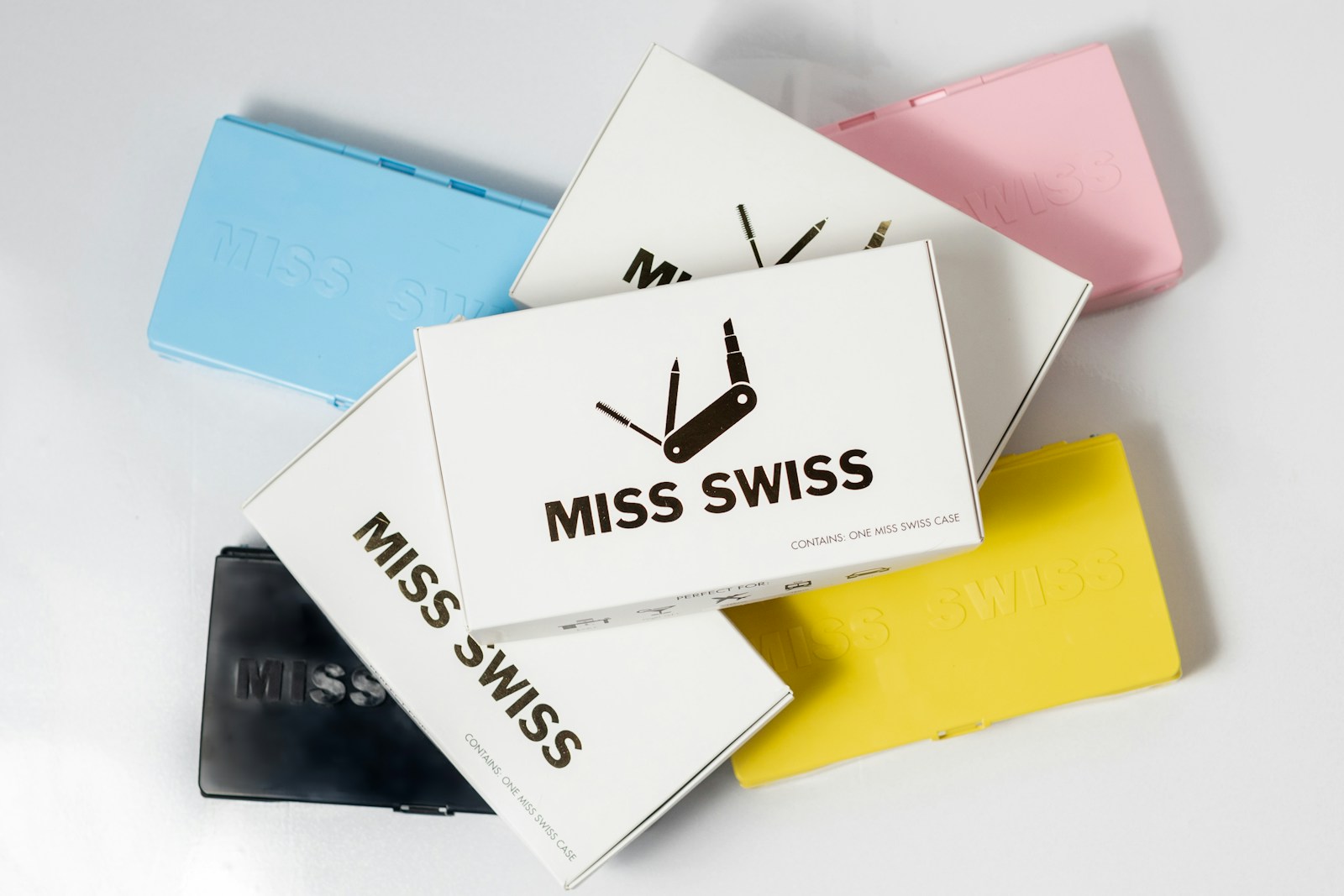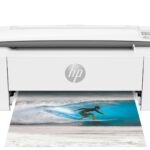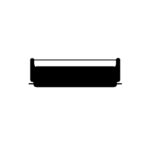Quality business cards are essential for making a great first impression. Whether it’s at a networking event or a business meeting, a high-quality card can set you apart from the competition. Choose premium materials and unique designs to stand out.
When designing your business card, think about the layout and the information you want to include. Simple designs with clear text and professional fonts are best. Using high-quality printing techniques can make a big difference in how your card looks and feels.
Selecting the right printing service is crucial. Look for services that offer various paper options, shapes, and finishes. Some services also provide templates and fast delivery, which can save time and ensure you get the best quality.
Creating a Lasting Impression with Premium Business Cards
Many businesses rely on business cards to make a strong first impression. A well-designed card can leave a lasting impact on potential clients or partners. But what makes a business card high quality? Let’s look at some key elements.
Paper Stock: The Foundation of Quality
The paper stock is the base of your business card. Thicker paper (around 14-16 pt) feels more substantial and luxurious.
- Standard: Typically 14 pt thick, a good starting point for most businesses.
- Premium: Options like 16 pt or even 32 pt offer a weighty, upscale feel.
- Coated: Adds a smooth finish and makes colors pop.
- Uncoated: Offers a more natural, textured look.
Printing Techniques: Bringing Your Design to Life
The printing method can greatly affect the overall look of your business card.
- Digital Printing: Cost-effective for small runs, offers vibrant colors.
- Offset Printing: Better for large quantities, produces sharp images and text.
- Letterpress: Creates an embossed, tactile effect, adding a touch of elegance.
- Foil Stamping: Adds metallic accents for a luxurious look.
- Embossing/Debossing: Creates raised or indented elements for added dimension.
Design and Layout: Making a Statement
A clean, professional design is crucial for a high-quality business card.
- Logo: Your brand’s visual identity should be prominently displayed.
- Contact Information: Include essential details like name, title, phone number, email, and website.
- Clear Font: Choose a legible font that aligns with your brand’s style.
- White Space: Don’t overcrowd the card, leave some breathing room.
- Visual Elements: Use colors, graphics, or patterns sparingly to enhance the design.
Additional Considerations: Going the Extra Mile
Consider these extra touches to elevate your business card even further:
- Rounded Corners: Soften the edges for a more refined look.
- Spot UV Coating: Creates a glossy effect on specific areas of the card.
- Custom Shape: A unique shape can help your card stand out from the crowd.
Business Card Comparison Table
| Feature | Standard | Premium | Luxury |
|---|---|---|---|
| Paper Stock | 14 pt | 16-32 pt | 32+ pt |
| Printing | Digital | Offset | Letterpress/Foil |
| Finishes | None | Coated | Spot UV, Embossing |
| Design | Simple | Unique | Custom Shape |
| Cost | $ | $$ | $$$ |
Remember: A high-quality business card is an investment in your professional image. By carefully considering the paper stock, printing techniques, design, and additional features, you can create a card that truly reflects the quality of your brand.
Key Takeaways
- Use premium materials for a standout card
- Keep designs simple and clear
- Choose services with multiple printing options
Design Essentials for Quality Business Cards
Designing a quality business card involves choosing the right template, selecting effective typography, and incorporating visual elements like logos and images. Each part plays a crucial role in creating a professional and memorable card.
Choosing the Right Template and Layout
A good template sets the stage for your business card. Start by selecting a template that matches your brand’s style. Using standard sizes such as 3.5 x 2 inches is recommended, as these fit easily into wallets.
Consider the layout carefully. Important information like your name, job title, and contact details should be easy to find. A well-organized layout makes the card look clean and professional.
Don’t overcrowd your card with too much text or images. White space helps to keep your card readable and visually appealing. Choose a layout that lets your logo and important details stand out.
Typography and Text Alignment
The choice of font can have a big impact on the look and feel of your card. Use easy-to-read fonts like Arial or Times New Roman. Avoid using too many different fonts. Stick to one or two for a cleaner look.
Font size is important too. Your name should be the largest text on the card, usually around 10-12 points. Contact details can be slightly smaller, around 8-10 points.
Text alignment matters as well. Centered text can look formal, while left-aligned text is easier to read. Make sure all text is aligned properly so it looks neat and professional.
Incorporating Visual Elements
Visual elements like logos and images help make your card memorable. A high-quality logo can immediately communicate your brand. Place it in a prominent spot, usually at the top or center of the card.
Choosing colors that match your brand helps create a consistent look. Use colors sparingly to avoid overshadowing the essential text. Stick to two or three colors for a balanced design.
Images can add a unique touch, but they should not distract from the main information. It’s best to use high-resolution images to ensure they look sharp in print.
By focusing on these design essentials, you can create a business card that looks professional and stands out from the rest.
Printing and Material Choices
Choosing the right materials and printing options for business cards impacts their durability and appearance. Important factors include paper quality, customization options, and environmental considerations.
Selecting Paper Quality and Finish
Select the right paper quality to make your business cards stand out. Common choices include card stock, which is thick and durable, and premium paper options for a more high-end feel. Paper thickness ranges from 80 to 110 lbs, with thicker cards feeling more substantial.
Finishes add to a card’s visual appeal. Matte provides a smooth, non-reflective surface. Glossy finishes are shiny, enhancing colors. Uncoated paper offers a natural feel. Advanced finishes like soft touch add a tactile element. Metallic finishes add a touch of luxury.
Customization and Enhancement Options
Personalization options make business cards unique. Consider custom shapes or adding a raised foil to make your card stand out. Textured paper can add a tactile element that leaves a lasting impression. Using vibrant colors ensures your card catches the eye.
Choose a reliable printing service like Vistaprint, Moo, or GotPrint to achieve high-quality prints and good customer support. Some offer tools to design cards online. Customization options may include special inks, embossed elements, and special coatings.
Environmental Considerations and Unique Features
Eco-friendly options appeal to environmentally conscious clients. Cotton paper and kraft paper are sustainable choices. Many services offer recyclable or biodegradable materials.
Some companies stand out by offering unique features. For example, Jukebox might offer unusual textures, while Zazzle provides custom shapes. Costs and turnaround times may vary, impacting delivery speed. Considering shipping costs and turnaround time is essential when selecting a service.
Frequently Asked Questions
This section answers common questions about quality business cards including their characteristics, printing methods, design elements, paper weight, costs, and user reviews.
What are the characteristics of a high-quality business card?
A high-quality business card has a clear design and easy-to-read text. It uses durable materials and often includes a professional finish, like matte or gloss. These cards present contact info in a straightforward way.
How does the printing method affect the quality of business cards?
Different printing methods offer various quality outcomes. Offset printing provides high precision and better colors. Digital printing is quicker but might not match the color depth. Letterpress and embossing add texture.
What should one look for in luxury business card designs?
Luxury cards often feature unique elements. These can be thick paper stock, special finishes like foil stamping, or textured materials. High-quality graphics and precise typography also add to the premium feel.
How does paper weight impact the feel and durability of business cards?
Heavier paper weights create sturdier business cards. This makes them feel more substantial and less prone to bending. Common weights for high-quality cards range from 300gsm to 450gsm.
What are the costs associated with ordering premium business cards?
Premium business cards generally cost more due to better materials and finishes. Prices can vary widely depending on the number of cards, type of paper, special features, and the printing technique used.
How do user reviews influence the perception of business card quality?
User reviews offer insight into real-world experiences. They can highlight the durability, print quality, and overall satisfaction. Positive reviews often signal reliable services and good card quality. Negative reviews may warn of issues.







